hip dysplasia in babies test
If the hip feels normal but risk factors for DDH are present CHOP orthopedists recommend that screening ultrasounds be performed at 4-6 weeks of age. However a careful physical examination is recommended as a screening tool particularly for high-risk infants.
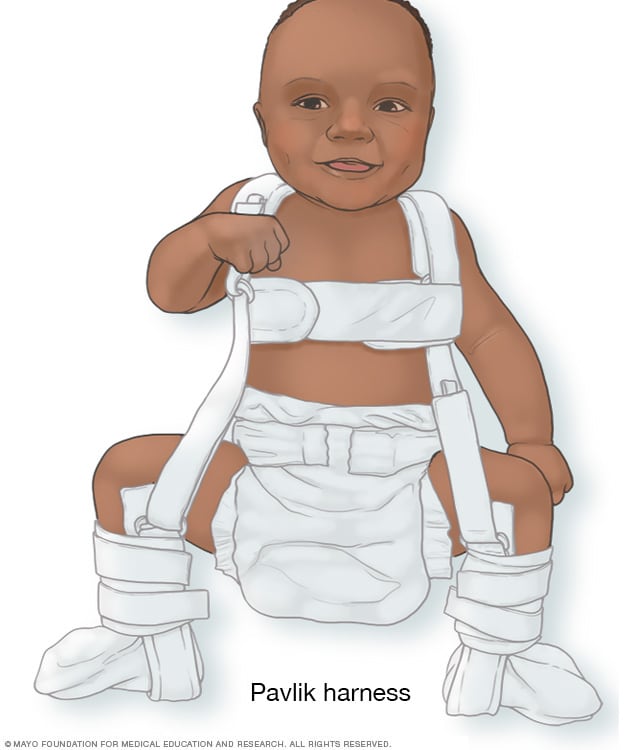
Hip Dysplasia Diagnosis And Treatment Mayo Clinic
Hip Dysplasia - Infant.

. Babies diagnosed early can usually wear a soft brace that holds the ball of the joint in the socket. Developmental dysplasia of the hip is usually suspected in the early neonatal period due to the widespread adoption of clinical examination including the Ortolani test Barlow manoeuvres. How hip dysplasia is treated depends on your childs age and the severity of the condition.
Two tests are performed called the Barlow and Ortolani tests to examine the function of the hip joints. After a child is 6 months old and bone starts to form on the head of the femur x-rays are more reliable. Doctors will check your baby for signs of hip dysplasia shortly after birth and during well-baby visits.
Hip clicks and asymmetrical folds are discussed in the older age group. Infant Examination Examination of the newborn includes the Ortolani and Barlow method. In 1978 ultrasound examination was introduced as a tool for detecting developmental dysplasia of the hip and evaluating infants with an abnormal physical examination.
Bilateral DDH child aged 2 12 years Ultrasounds and X-rays for hip dysplasia A referral for an ultrasound and clinical examination at six weeks of age is standard practice for all infants. If hip dysplasia is diagnosed in early infancy a soft brace can usually correct. No first-line method exists for diagnosing DDH during the newborn period.
An imaging test like an X-ray will show if and when the joint is getting better. It is the preferred way to diagnose hip dysplasia in babies up to 6 months of age. Quick Concepts are short videos that describe a key physiological or theoretical concept or demonstrate a brief procedureIn this video the viewer will lea.
Babies born with hip dysplasia have a shallow hip joint that can slip easily out of place. This tests uses no radiation and is best when for younger infants in whom most of the hip joint is still made of cartilage test which uses invisible. Most commonly DDH is diagnosed by physical examination in young infants.
In babies with hip dysplasia the joint has not formed normally and. 33 Graf the pioneer in. To test for hip instability the provider will move the hip around to feel and palpate for a clunk as the femoral.
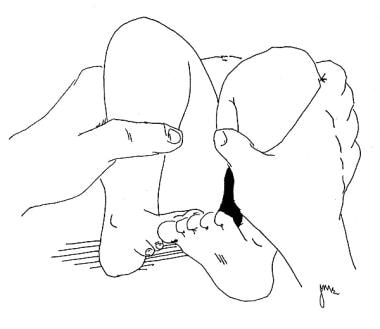
Developmental Dysplasia Of The Hip Ddh Clinical Presentation Physical Examination Complications

How To Prevent Hip Dysplasia In Babies Physical Therapy Center
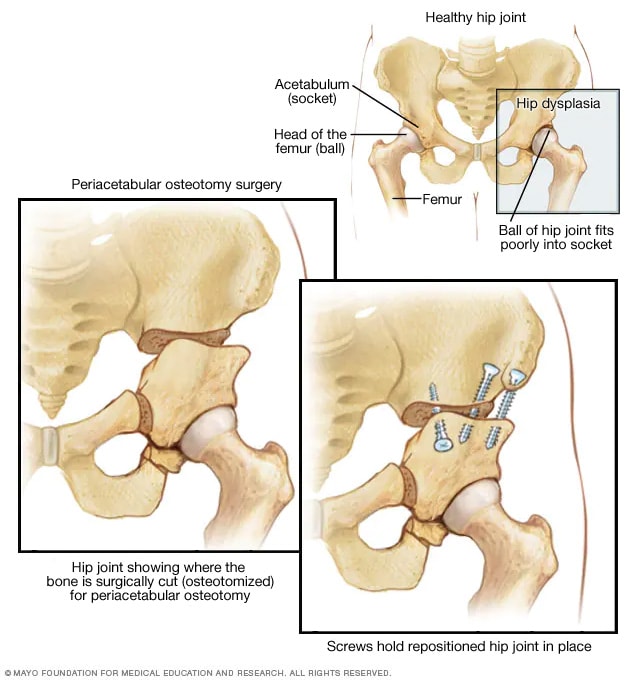
Hip Dysplasia Diagnosis And Treatment Mayo Clinic
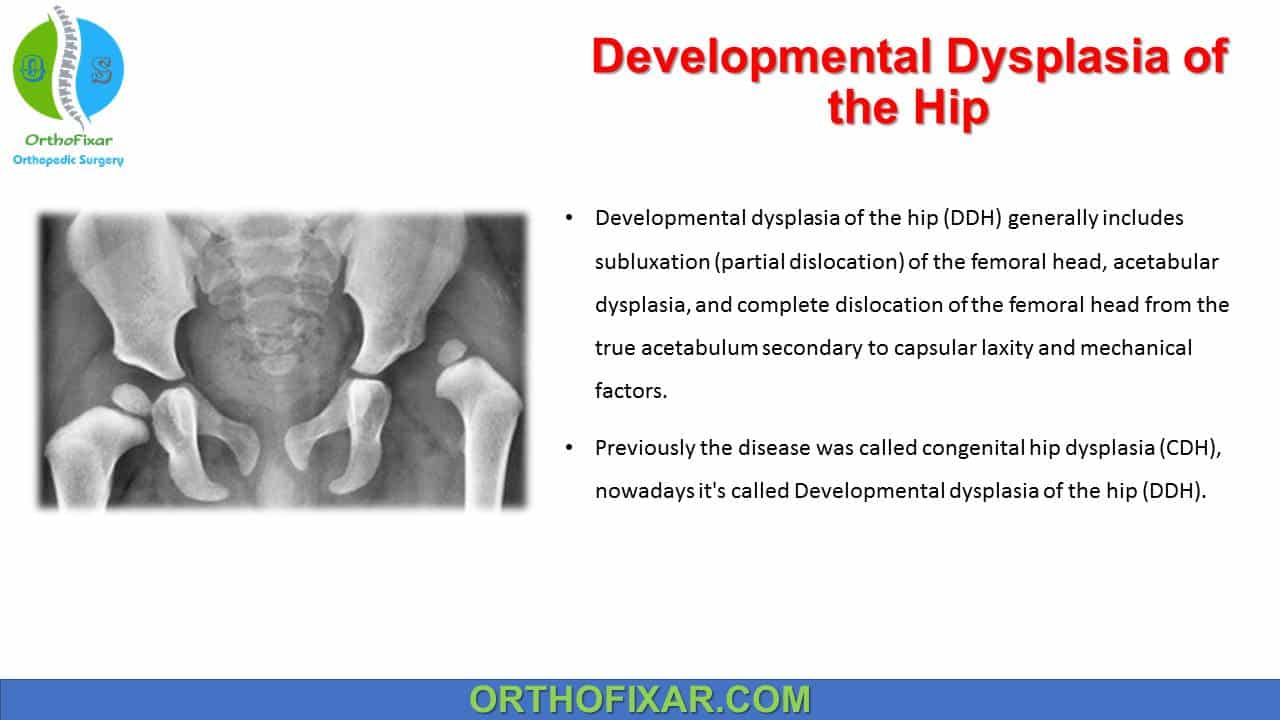
Developmental Dysplasia Of The Hip Easy Explained Orthofixar 2022
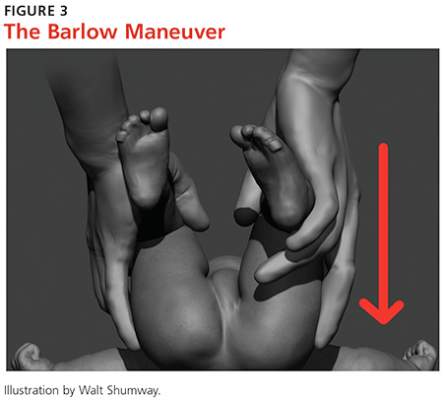
A Click Is Not A Clunk Developmental Dysplasia Of The Hip In A Newborn Clinician Reviews

Baby Hip Instability And Dysplasia Mayo Clinic Youtube
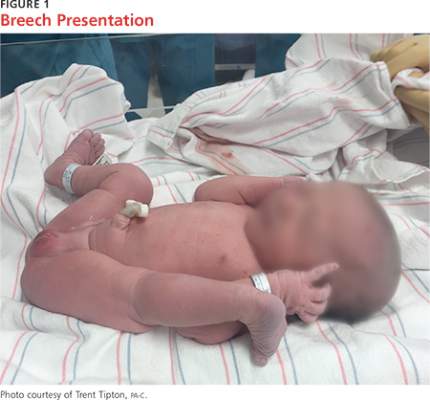
A Click Is Not A Clunk Developmental Dysplasia Of The Hip In A Newborn Clinician Reviews

Developmental Dysplasia Of The Hip Ddh Pediatric Ortho
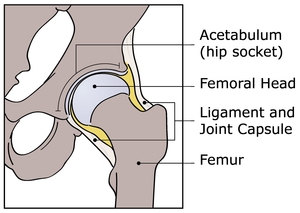
Hip Dysplasia In Infants Diagnosis Treatment Prevention

Hip Dysplasia Boston Children S Hospital
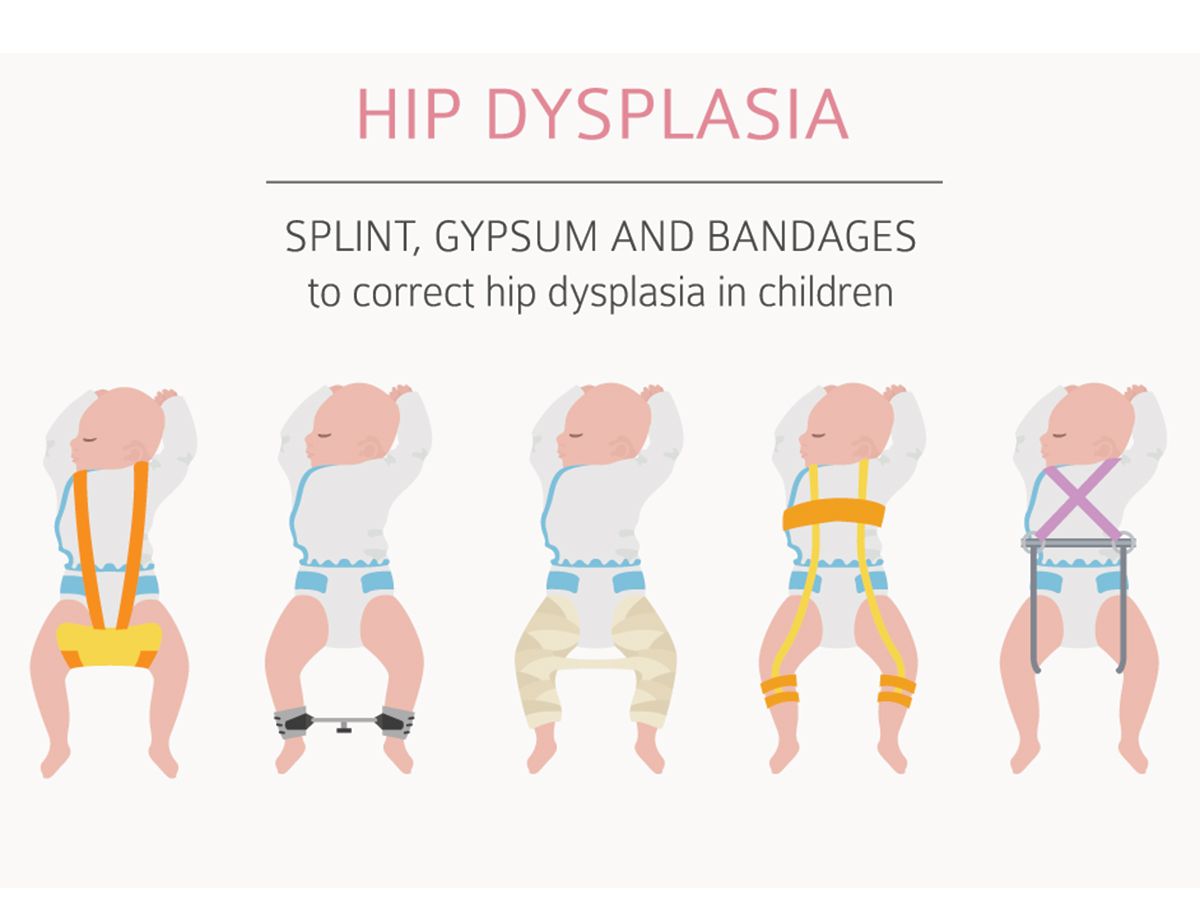
Can Early Diagnosis Help Children With Developmental Dysplasia Of Hip Uae Gulf News

Hip Dysplasia Boston Children S Hospital

Cureus Instability Testing For Congenital Hip Dislocation Knee Extension Provokes Hip Dislocation

Infant Hip Examination Trainer

5 Causes Of Hip Dysplasia In Infants

Developmental Dysplasia Of The Hip Orthopaedia
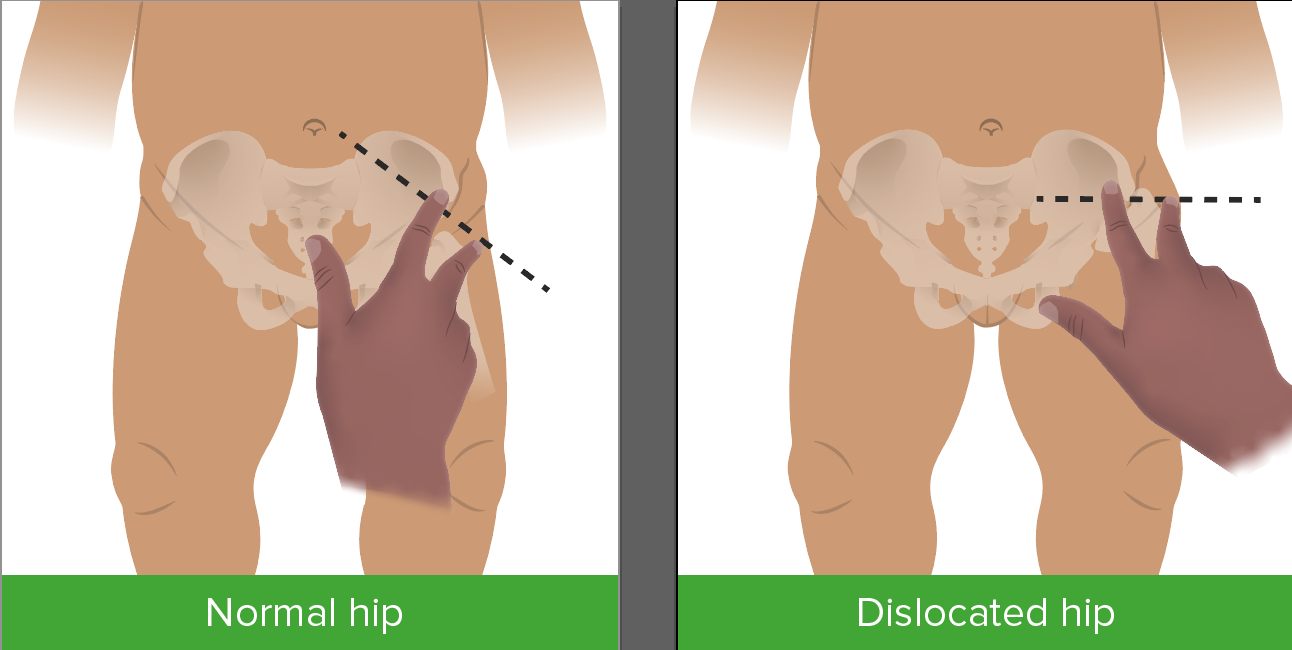
Developmental Dysplasia Of The Hip Concise Medical Knowledge
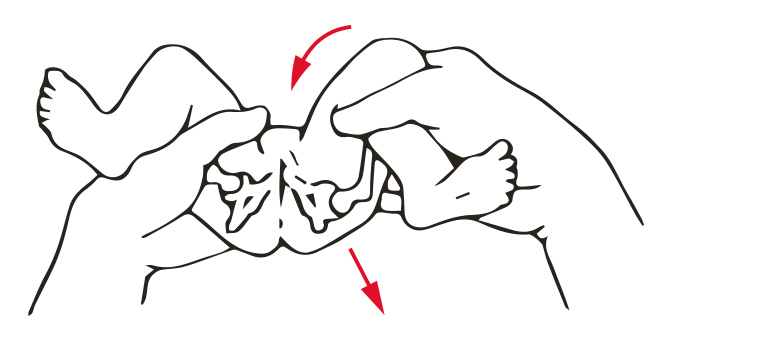
Racgp Improving Early Detection Of Developmental Dysplasia Of The Hip
